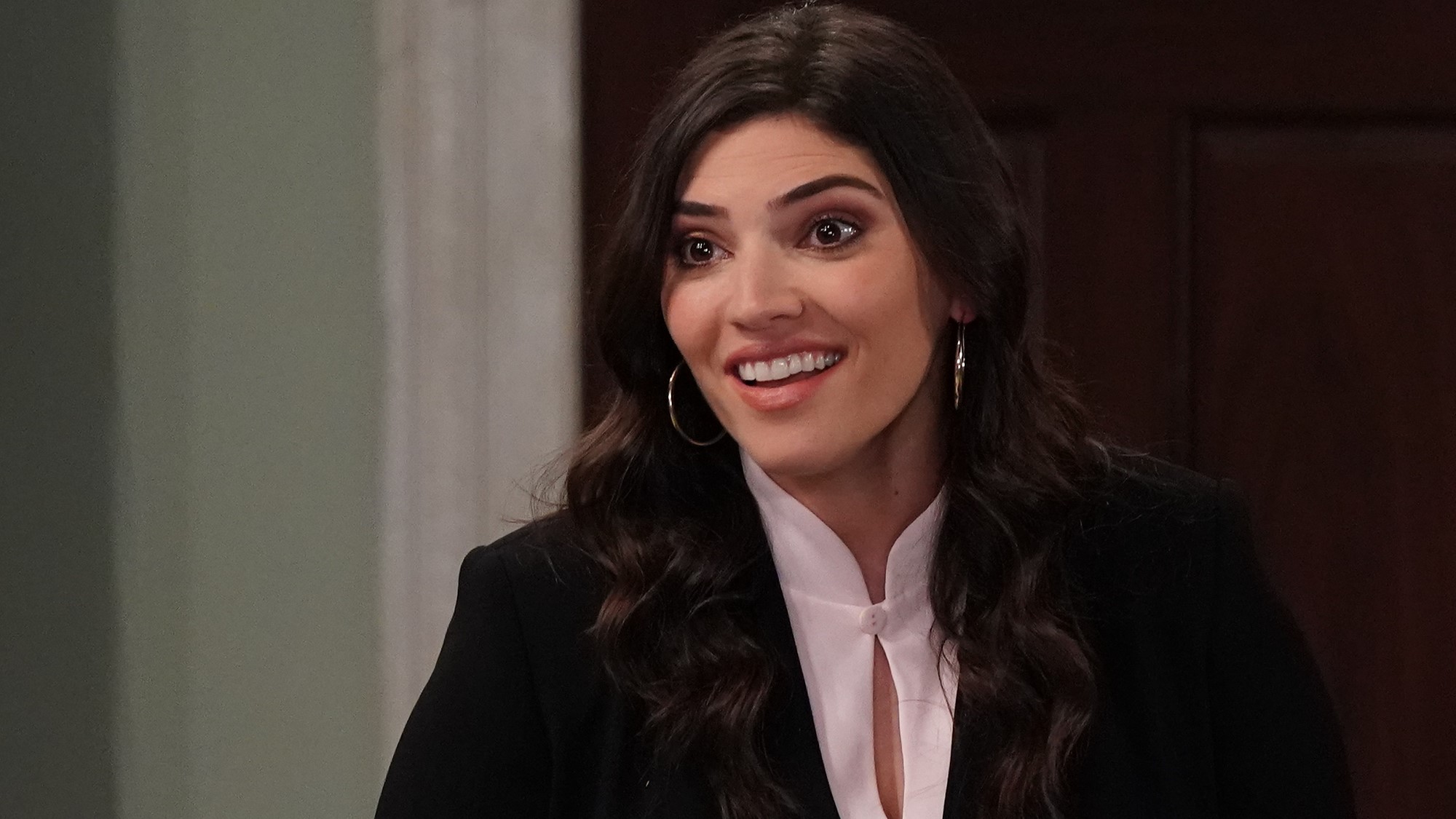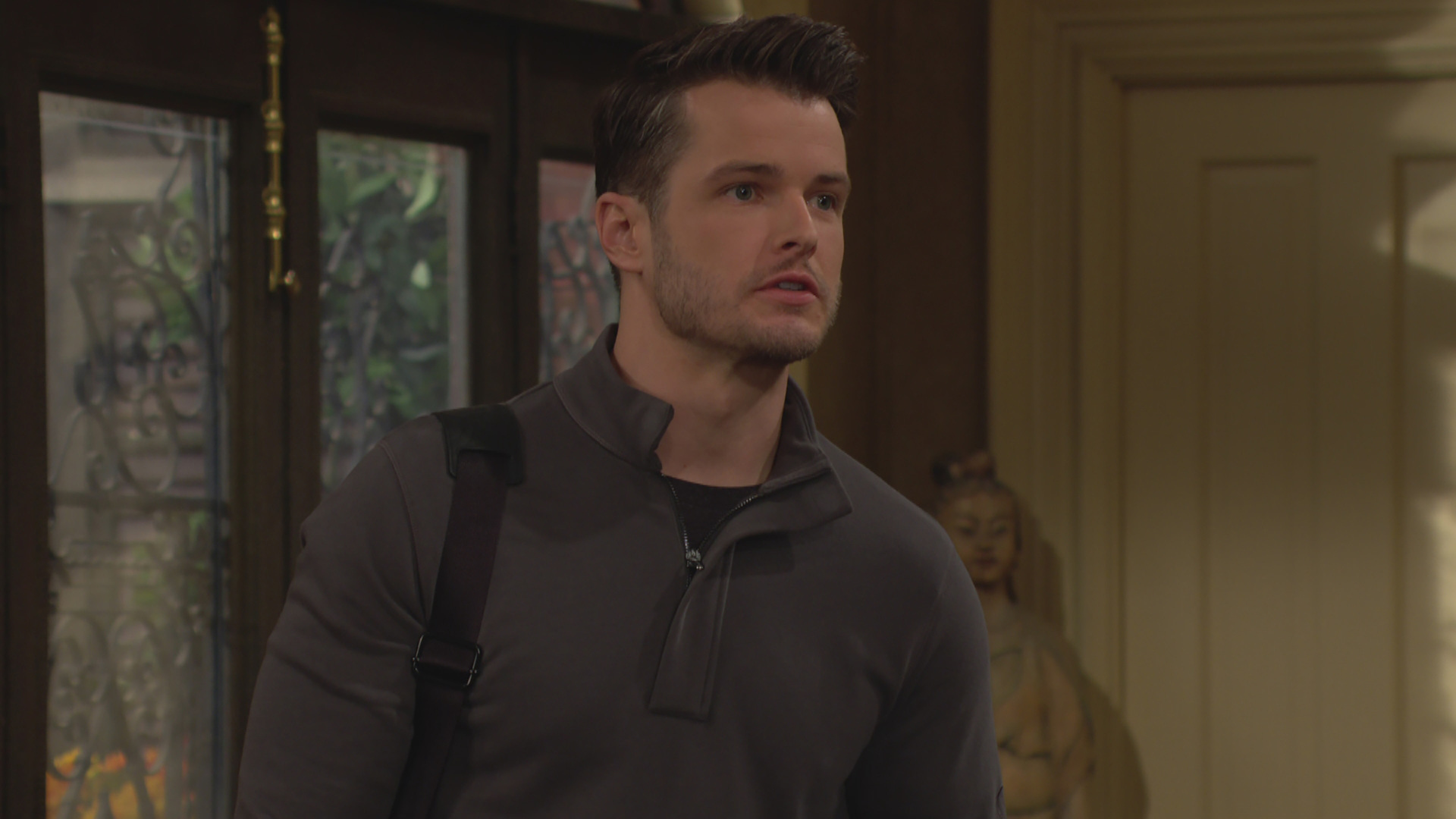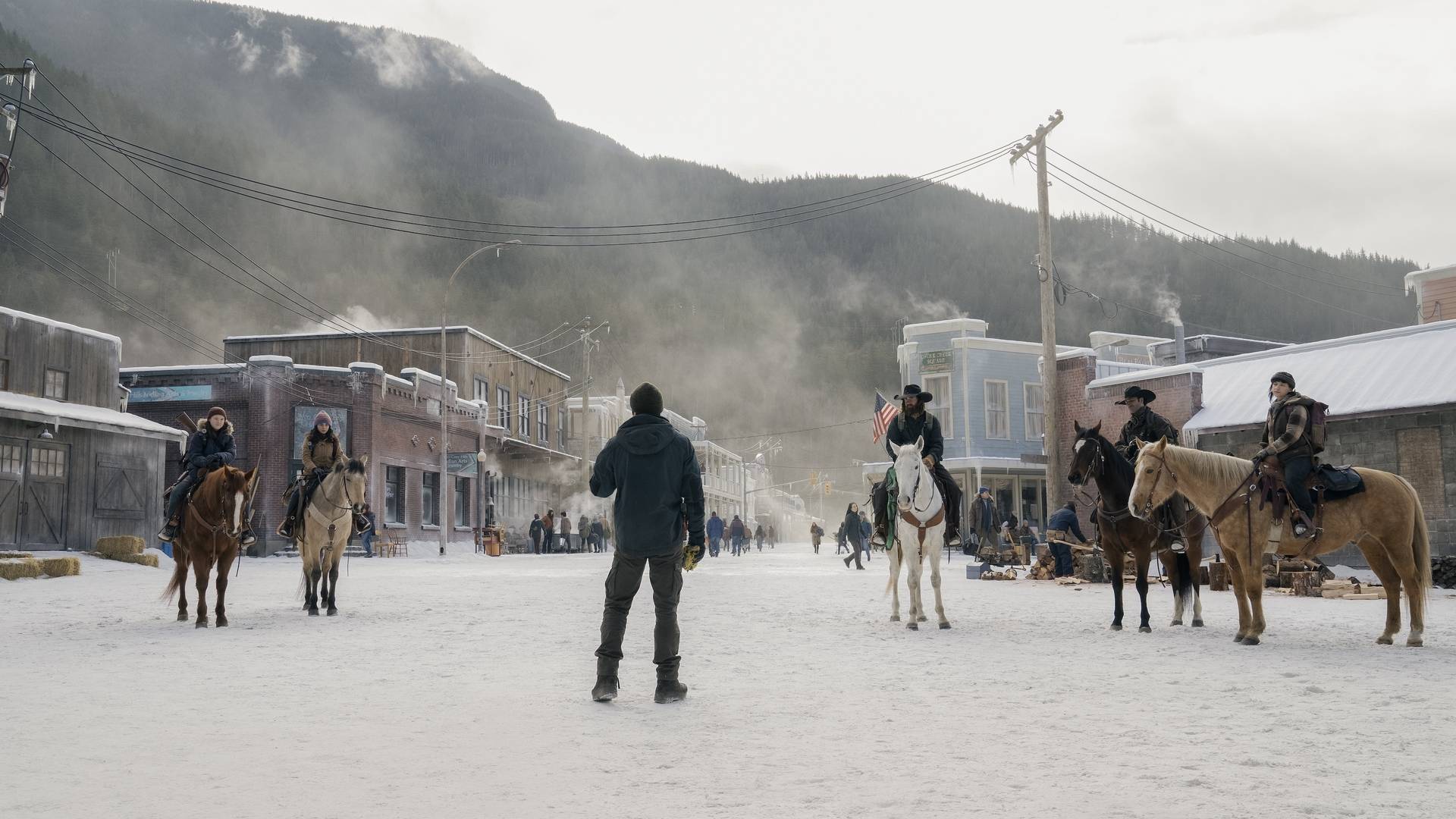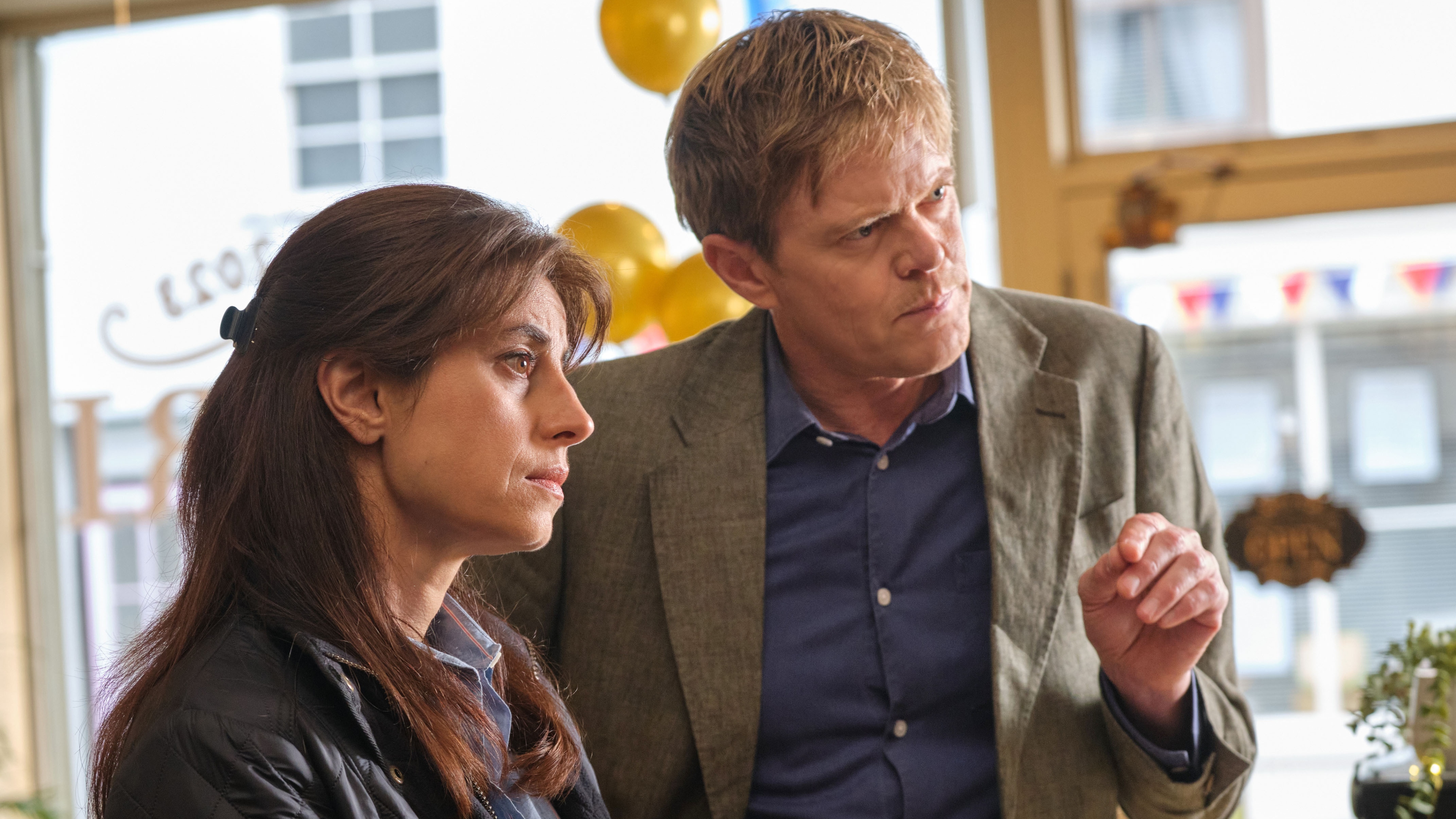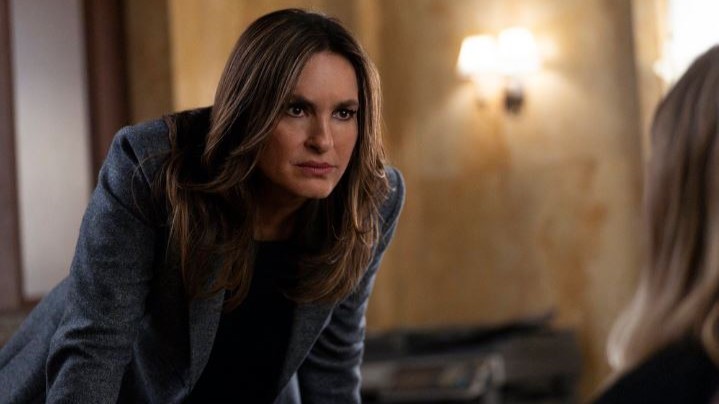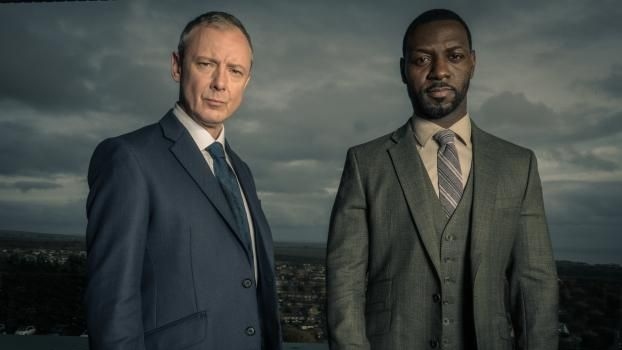Remembering the DC Animated Universe 15 years later
The DC Animated Universe gave us the best adaptation of our comic heroes yet.
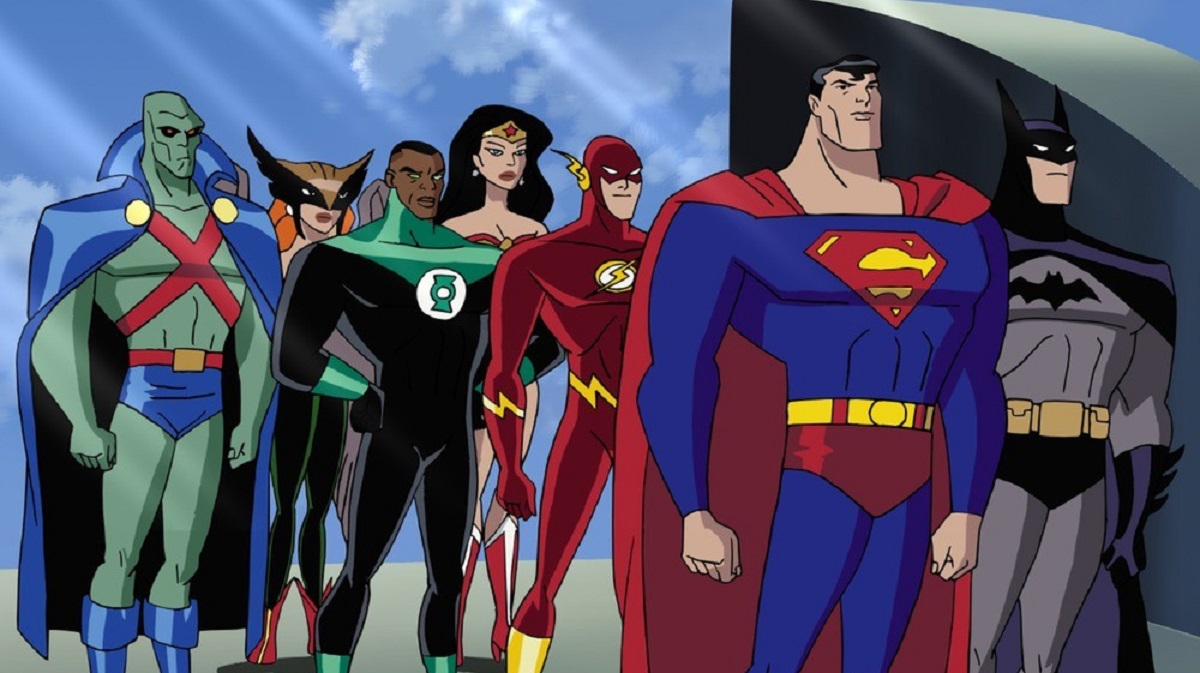
It has been 15 years since the DC Animated Universe ended with the final episode of Justice League Unlimited (Season 3, Episode 13, “Destroyer”). The legendary journey that began with Batman: The Animated Series has remained unparalleled and undisputed as the single greatest media interpretation of the DC Universe ever put to screen. It’s obvious to say that since then, the popularity of comic book-driven adaptations has risen immensely. Several attempts to bring the DC Universe to life have been made to various degrees of success. The Dark Knight trilogy is phenomenal (though arguably not a “universe,” so much as it is solely a self-contained exploration of Batman). The Arrow-verse has been spectacular to watch throughout its evolution (though has seen some wear and tear after nearly a decade on the air). And the DC Extended Universe has its fans. And, certainly, several trolls on the internet will scoff at the fact that a "children’s cartoon" (as they’ll so articulately put it, narrow-mindedly underestimating the power of animation as a storytelling medium) could ever beat their "dark and gritty and badass" versions of the DC Universe. But, regardless, the fact of the matter is you’ll be hard pressed to find any DC fan express anything but love and admiration for the DC Animated Universe (DCAU). Many even claim it should have been the model for WB to follow for the cinematic DCEU. And frankly, that's true. The interpretation created by Timm, Randomski, Dini, and Burnett has simply done the greatest job imaginable at fully realizing the true essence of these characters and exploring the rich human themes of their stories and struggles, while still remaining faithful to their comic book roots.
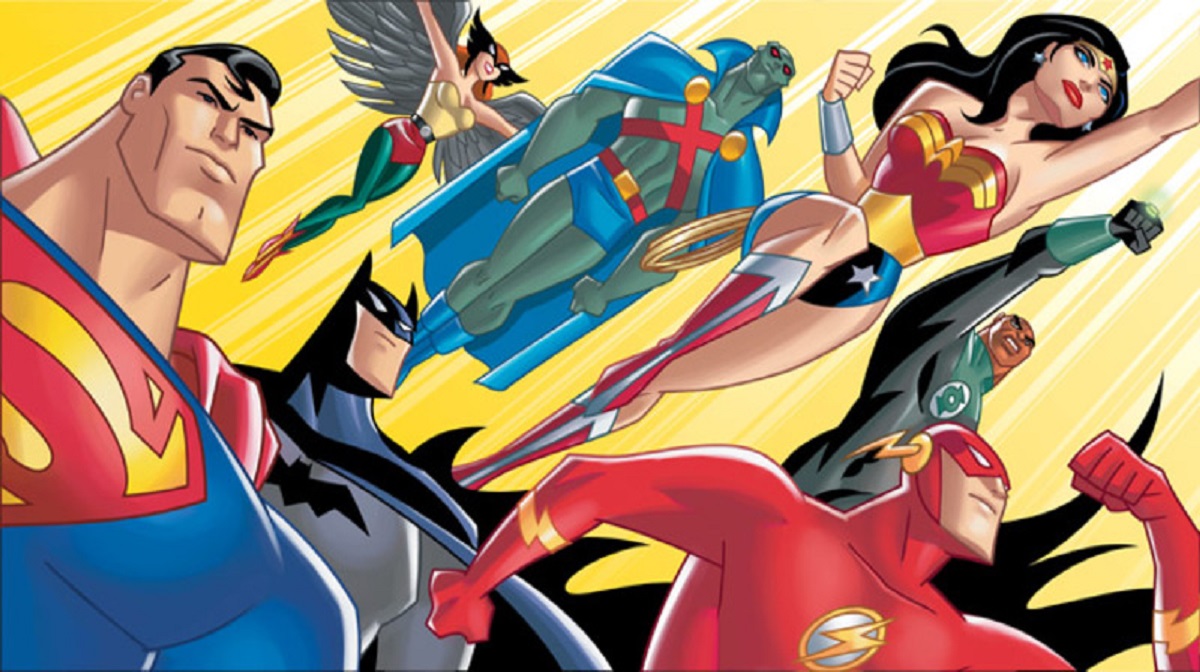
DC Animated Universe: Richly Developed Characters
While many media interpretations of the DC Universe have been divisive, the DC Animated Universe is among the few interpretations that is universally praised by critics and fans. It’s so beloved that anyone who hears the booming power behind Kevin Conroy’s voice, or the chilling effect of Mark Hamill’s demented laughter will automatically conjure up images of Batman and Joker in their heads. That’s because the interpretation of these characters is so well developed that they stay with us long after these series have ended.
What could have been an easy cash grab at the popularity of the Tim Burton Batman films in 1992 kicked off a mature exploration of the titular hero and his villains that was far deeper than it had any right to be. When Batman: The Animated Series debuted and introduced the DCAU’s Bruce Wayne, he wasn’t just a Saturday morning cartoon hero who’d fight bad guys and save the day. He was a tormented soul, filled with angst, and yet also compassion for those in his city, including, at times, his Rogue’s Gallery. From the get-go, Timm, Dini, and Burnett were more interested in exploring the "man" rather than "the bat"; something that would be a recurring theme in future series installments as well. Furthermore, the villains he fought were not one-dimensional moustache-twirlers, but psychologically damaged humans pushed over the edge, with scars too deep to heal. Several examples come to mind, such as the Emmy-winning episode “Heart of Ice,” and the series’ deconstruction of Mr. Freeze. And when the show would take liberties from comics, such as the origin of Clayface or new creations like Harley Quinn, the approach to dive deeper into the sympathetic psychoses of these characters made them instantly likable. To a whole generation the traits and backgrounds established by the Batman: The Animated Series crew were the accepted origins of these complex characters.
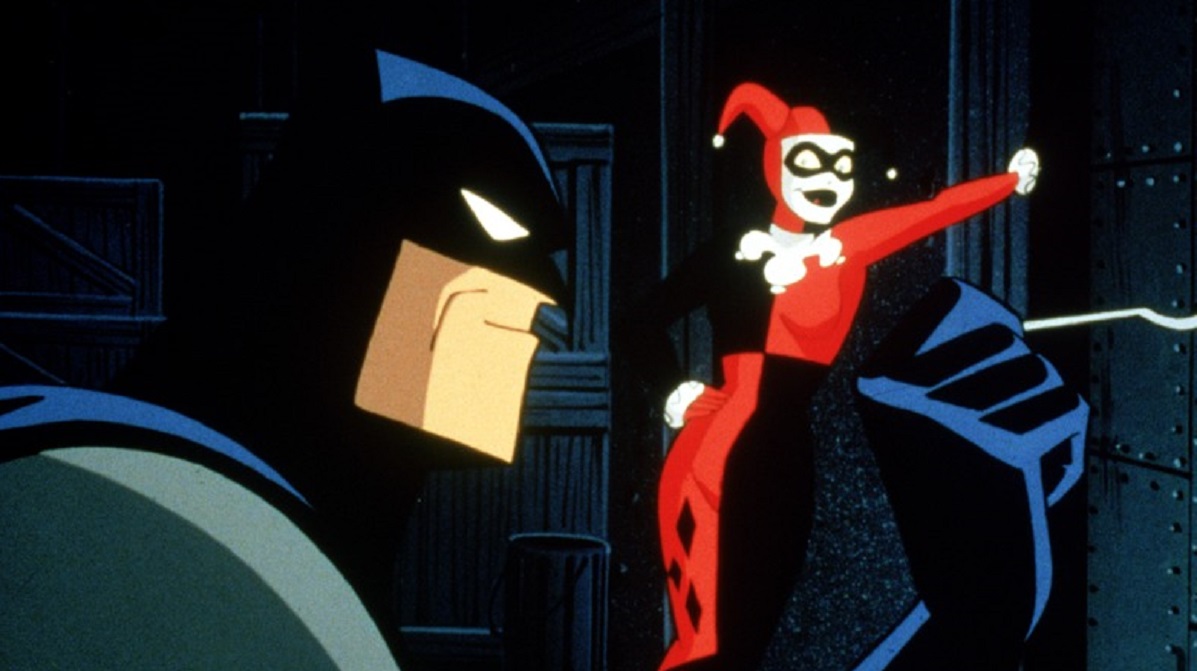
That approach to multi-dimensional character development would continue to extend into the next several iterations of the franchise. In the same universe, via Superman: The Animated Series, we got villains like the creepy and tragic Toyman, whose origin in the episode "Fun and Games" established him as an orphan out for revenge after the wrongful imprisonment and death of his father. Batman Beyond gave us a new hero to love with Terry McGinnis. And Justice League Unlimited would turn C- and D-List characters few have heard of, like The Question, The Huntress, or Hawk and Dove, into fan-favorite heroes that embody the spirit of humanity. In fact, take one of the more underrated episodes of Justice League Unlimited called “Patriot Act,” which centers on Vigilante, Shining Knight, Green Arrow, S.T.R.I.P.E, and Star Girl (an updated DC Animated Universe version of The Seven Soldiers of Victory). The episode, devoid of the founding Justice League members like Superman or Wonder Woman, recognizes the obscurity of these characters and puts them in the spotlight. The storyline has them battle a disgruntled anti-Metahuman army general (played by J.K. Simmons way before his Omni-Man days) who wreaks havoc on a city after transforming himself into a Hulk-ish super-soldier. Through their example, limited as their powers may be, the episode enables the viewer to recognize the heroism in these characters’ humanity and willingness to sacrifice themselves to save the day. And, in that humanity, we find something in these neglected characters that makes them as compelling as A-listers like Batman or Superman. By comparison, we get non-brand name characters that are better developed and more interesting in this than any characters in 2016’s Suicide Squad.
And this was the status quo for most episodes of Justice League Unlimited, and something that would never happen in studio-driven tentpole films, because executives are either unfamiliar with these characters or too afraid to invest in potentially compelling characters without the brand recognition of Batman, Superman, or Wonder Woman. It’s the sad reason there have been four reboots of Batman in our lifetime and zero movies with The Question or Etrigan the Demon. The animated world granted Timm, Dini, and Burnett a blue sky sandbox that allowed them to take more risks by exploring every character in the DC Universe’s long history, zeroing in on what made them interesting or human, and using those characteristics to elevate those characters to the same level of complexity as the DC household names.
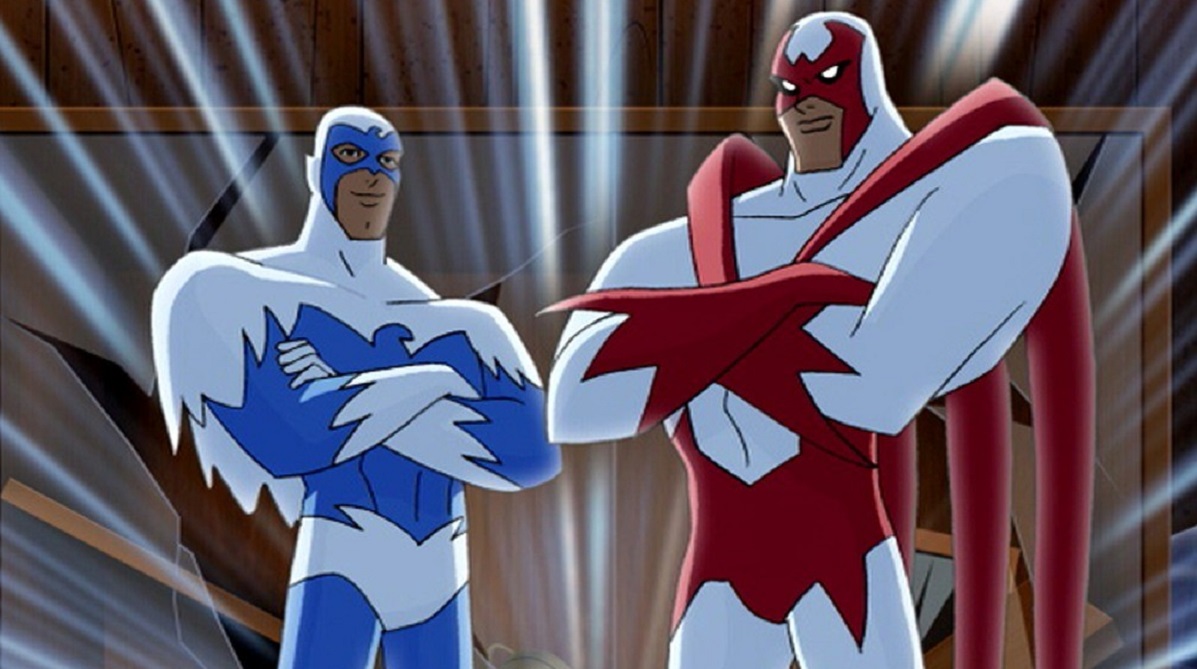
DC Animated Universe: Emphasis on Mature Storytelling
The Cadmus arc and the introduction of Amanda Waller in the second season of Justice League Unlimited cleverly allowed for Timm and the team to exploit the Checkov’s gun that was the introduction of the Justice Lords in the preceding series as a catalyst to explore the idea behind the threat of absolute power the Justice League realistically possesses over humanity. They also use the events of the Thanagarian Invasion in the episode “Starcrossed” to set up why the League has expanded and why they possess a giant satellite in the sky with enough fire power to level a city. In doing all this, they give Waller absolute justification to question the authoritarian status of the League. That rationale also extends to the League’s human-supporting members like Green Arrow and The Question during the season. And in several episodes, such as “Question Authority” and “Flashpoint,” fear in the League begins to manifest and spread among the average citizens like Lois Lane too.
That legitimate rationale, brilliantly earned throughout the show’s history, is something blatantly missing from many DC films, which instead choose to explore power on a more literal level. Justice League Unlimited chooses to explore the theme of power through authority granted from trust gained through selfless heroism, and how fragile that trust is when that power is abused. The DC Animated Universe Justice League have the public’s trust, make the wrong choices in the name of absolute justice and security (the expansion of the League and the creation of the Watchtower are seen as threats), and have the public and government turn on them as a result. It doesn’t help that the example of the Justice Lords (alternate versions of the Justice League who abused their power to overthrow the government in a parallel dimension) is being exploited by Lex Luthor to make the Justice League seem like real possible threats to spread fear and mistrust in those heroes.
Get the What to Watch Newsletter
The latest updates, reviews and unmissable series to watch and more!
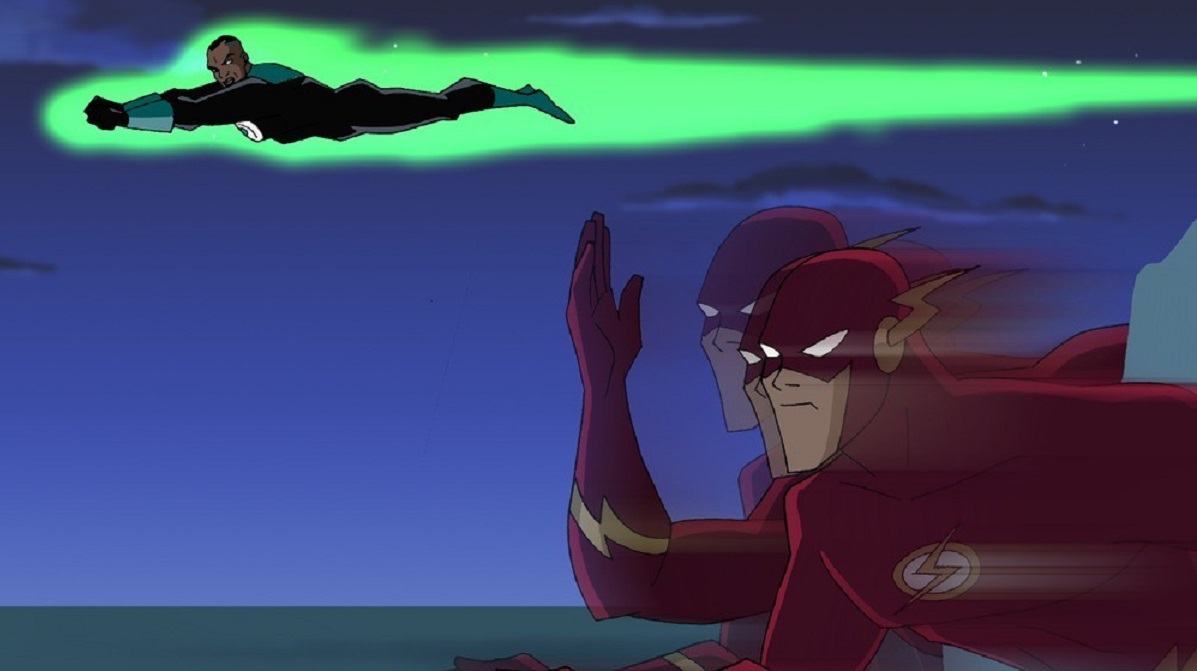
This type of thematic exploration allows the heroes (and the audience as well) to question themselves in ways unexplored in live action films. And this season of Justice League Unlimited manages to set up and explore these ideas without ever compromising the core values of the heroes and their commitment to justice. The heroes continuously question themselves and their own power and authority throughout the season, but, ultimately, evolve into better characters by the end as a result. For instance, after Lex Luthor executes a plan that almost costs Wally West his life in “Divided We Fall”, Superman has the opportunity to kill Luthor. But, at the end of the season, Superman makes the decision not to, and later in the episode gives a speech about prioritizing the protection of Earth, almost disbanding the Justice League in the process. Meanwhile Batman gets assurance from Green Arrow and other second-stringers that they will keep them in check. In other words, despite the legitimately raised questions about power, they remain committed to the level of accountability we’d expect these heroes to have because the show remains true to who these heroes are supposed to be. Mature themes that parallel real-world concerns about authority, plus character growth without a single F-bomb.
DC Animated Universe: Heroism and Hope
Which brings us to the final reason the DC Animated Universe is the definitive media interpretation of the DC Universe. It respects the original comic book material and gives us heroes that are actually heroic. Most attempts to bring Batman to life these days focus solely on the darkness and his fighting abilities. However, we don’t need Batman to just be a "dark badass." Batman needs to be a detective – arguably the greatest mind in the DC Universe – and a character driven by his mind, heart, and will. He never gives up on fighting for justice, and he never resorts to killing others. Batman is tough but compassionate, and ultimately believes in good. He may seem dark, but his faith in people is one of the most optimistic values any hero can have. And the DC Animated Universe nails these elements. Analyzing Timm/Dini/Burnett’s interpretation of Batman through the Season 2 finale of Justice League Unlimited, “Epilogue,” The Dark Knight is given a mission by Amanda Waller to end the life of a reality-warping villain named Ace (leader of the Royal Flush Gang in this episode). Batman knows the villain has gotten too powerful and accepts the mission to kill Ace to save the world. However, being the brilliant strategist that he is, he goes in knowing Ace can read his mind, and proves to her he never had any intention of killing her. He instead deduced she was dying and convinces her to fix the world before she dies, by sympathizing with her and staying with her until she goes peacefully. It’s perhaps one of the most compassionate Batman scenes in any medium, humanizing the character, giving you a perfect understanding on what truly makes him a hero.
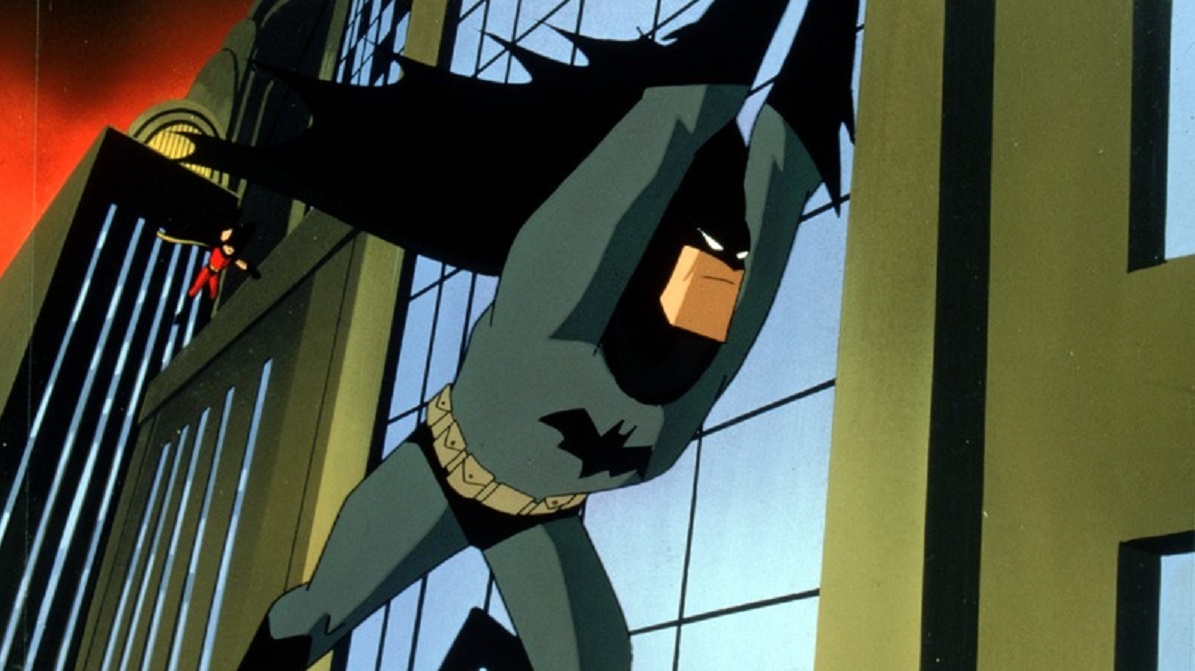
That is a microcosm for why the DC Animated Universe is superior to all other media interpretations of the DC Universe. It showcases true optimistic heroism, and relies on that to be its real spectacle, rather than dependency on bloodbaths or slow-motion violence. While many may write that off as "kiddie" or "naïve," that sort of thinking needs to be put in check, because heroes are supposed to inspire us and provide hope. There’s an optimistic, unwavering moral center in the heroes of the DCAU derived from the post-Crisis era of comics. For instance, the Superman: The Animated Series episode “The World’s Finest” pulls from the spirit of a similar story told in John Byrne’s The Man of Steel #3 to help emphasize the true respect Batman has in the goodness within Superman. However, sadly, that’s something that’s lacking in most other similar stories today that emphasize Batman trying to kill Superman with Kryptonite gas or spears. In contrast, in the DCAU, no matter how dark things got, the greatest feat of strength these versions of the characters display is their resistance to crossing moral boundaries when things get bad. It’s what makes these characters the greatest heroes of all time, and why the DC Animated Universe is still the greatest media interpretation of the DC Universe ever created.
The whole DC Animated Universe (Batman: The Animated Series, Superman: The Animated Series, Batman Beyond, Static Shock, Justice League, and Justice League Unlimited) is available to stream on HBO Max.
Mike is a proud, sarcastic nerd with a penchant for comic books, comic book movies, and movies in general, and occasional delusions of grandeur. He's also a UC Berkeley graduate who decided to go into writing over pre-med because he figured he'd ultimately save more lives by not being a doctor. He's a Slytherin and a Pisces, so he's very emotionally sensitive, yet also evil, but can be defeated by exploiting his insecurities. His goal is to live one hell of a unique life, and it's been working so far! His proudest moments are being retweeted by James Gunn and Ryan Reynolds in the same week, and getting 999,999 points on Buzz Lightyear Astro Blasters at Disneyland.
You can find Mike's writing around the web at publications like The Nerds of Color, What to Watch, Spoiler Free Reviews, and That's It LA.


